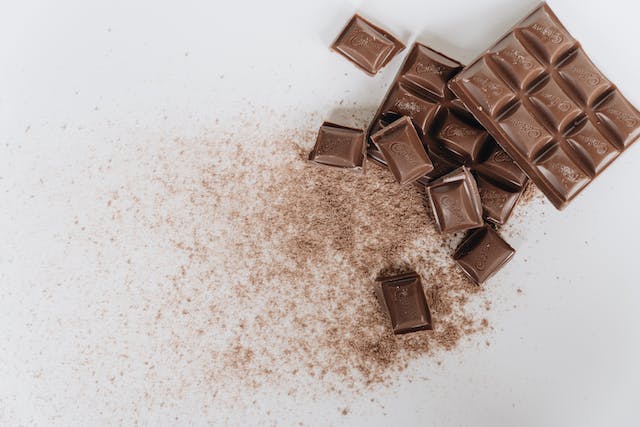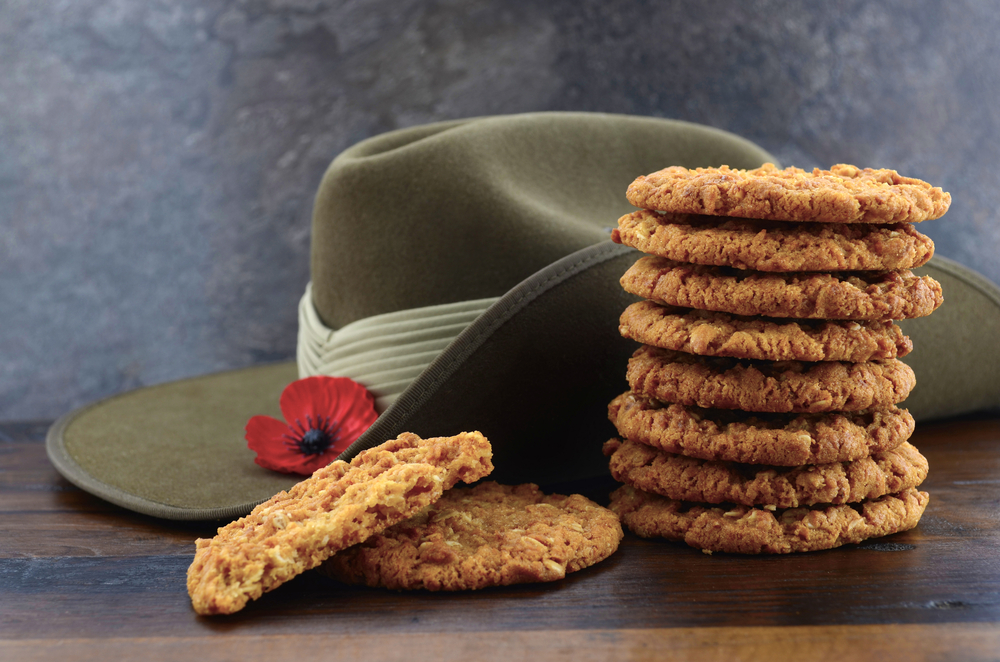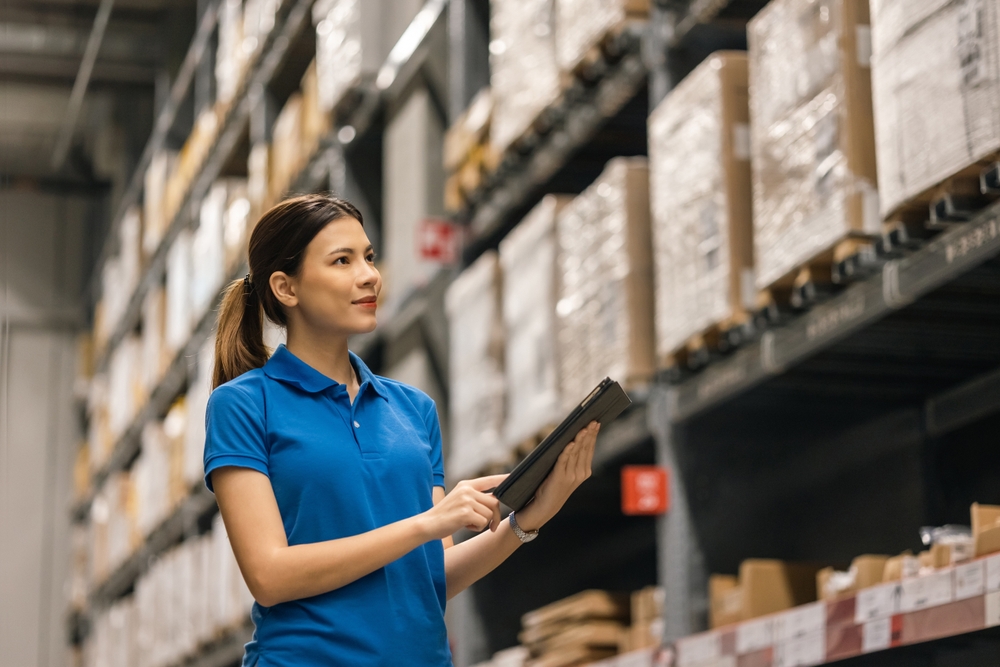A global food giant is backing local manufacturing as Australians increasingly want to know what goes into their snacks.
Some 90 per cent of what Cadbury and fancy cracker maker Mondelez sells in Australia is made here, with almost $1 billion a year spent on homegrown supplies.
Consumers are looking more and more for locally sourced and manufactured products.
“That means we need more milk from farmers, more sugar from Queensland growers, and more packaging materials made here onshore,” Mondelez Australia president Darren O’Brien told AAP.
He said cost pressures were still coming from rising gas and electricity prices, shipping and road freight charges.
“I haven’t seen any evidence of that pressure coming off,” Mr O’Brien said.
“There are some things that, no doubt, we could certainly do cheaper offshore in places like southeast Asia.
“But we have made a very conscious choice that we want to continue to invest in manufacturing onshore here in Australia.”
South Australian farmers supply the local Philadelphia cream cheese factory, while Tasmanian cows are crucial for Cadbury Dairy Milk.
Mr O’Brien said Mondelez was already “ahead of the curve” on cutting greenhouse gas emissions, and was researching feed supplements that could reduce methane emissions from dairy cows.
“We’re doing a lot of that because we think it’s right but also we want to be ahead of what consumers are demanding,” he said.
Biscuit R&D is a focus in Victoria, requiring advanced manufacturing and staff with qualifications in food science, biology, and chemical engineering.
The firm has manufacturing plants in Ringwood where it makes the nation’s Easter eggs and other sweet treats as well as facilities in Scoresby, Dandenong and Croyden.
More than $400 million has been invested since 2019 across its manufacturing plants, including $10 million to automate the sorting and packaging of Cadbury Favourites.
Melbourne-based Gourmet Food was added to the stable of brands in 2021, adding to demand for Australian-sourced ingredients.
“We’re planning to spend some $30 million to increase our Easter capacity … on some of the lines we have simply run out of capacity,” he said.
“So we need to put in faster, more efficient machines.”
Vast quantities of historical data are also a treasure trove for figuring out the next trend in consumer demand, with the company using artificial intelligence to sort the next favourite.
Marion Rae
(Australian Associated Press)






